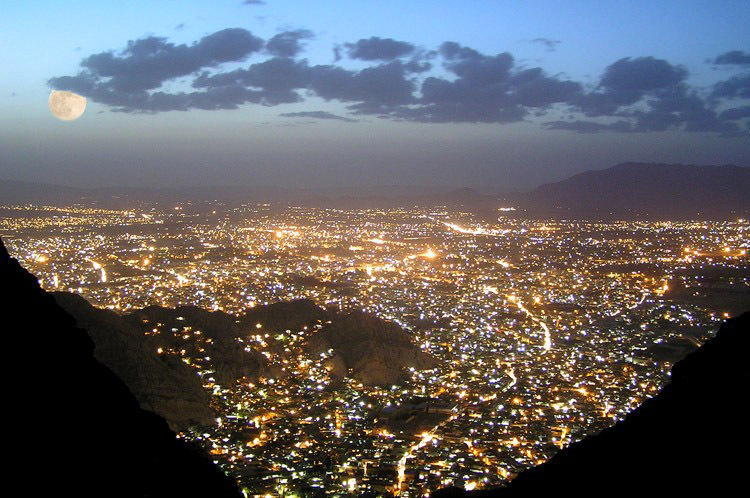About Quetta

Quetta, formerly known as Shalkot, is the provincial capital and largest city of Balochistan, Pakistan. Quetta was largely destroyed in the 1935 Quetta earthquake, but was rebuilt and now has a population of 1,001,205 as of 2017, while the Quetta District has a population of 2,275,699. Quetta is at an average elevation of 1,680 meters (5,510 feet) above sea level, making it Pakistan’s only high-altitude major city. The city is known as the "Fruit Garden of Pakistan," due to the numerous fruit orchards in and around it, and the large variety of fruits and dry fruits produced there.
Located in northern Balochistan near the Pakistan-Afghanistan border, Quetta is a trade and communication centre between the two countries. The city is near the Bolan Pass route which was once one of the major gateways from Central Asia to South Asia. Quetta played an important role militarily for the Pakistani Armed Forces in the intermittent Afghanistan conflict.
Quetta has a semi-arid climate with a significant variation between summer and winter temperatures. Summer starts about late May and goes on until early September with average temperatures ranging from 24-26 °C (75-79 °F). The highest temperature in Quetta is 42 °C (108 °F) which was recorded on 10 July 1998. Autumn starts in late September and continues until mid-November with average temperatures in the 12-18 °C (54-64 °F) range. Winter starts in late November and ends in late March, with average temperatures near 4-5 °C (39-41 °F). The lowest temperature in Quetta is -18.3 °C (-0.9 °F) which was recorded on 8 January 1970. Spring starts in early April and ends in late May, with average temperatures close to 15 °C (59 °F).
The population of the city is around one million. In 2016, it was estimated at 1,140,000, but the 2017 Census revealed a total of 1,001,205. This makes it the largest city in Balochistan province and one of the major cities of Pakistan. The scholars disagree about the demographics of the city. According to some, the city has a Pashtun plurality followed by Baloch people other indigenous people of Balochistan and lastly the settlers from other areas of Pakistan. Others think the city has a Pashtun majority followed by Baloch, Hazaras, Punjabis and Muhajir people. Urdu being national language is used and understood by all the residents and serves as a lingua franca.

